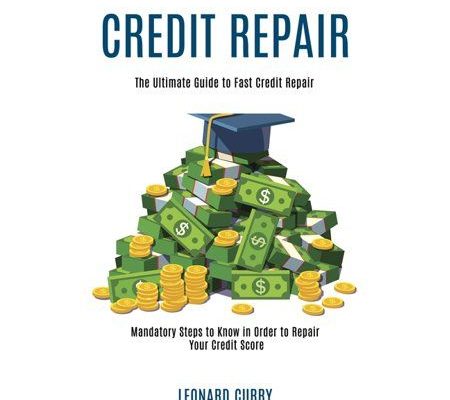Is Doom Spending Hurting Your Finances and Well-Being? Here’s How to Put an End to It

In recent years, the term “doom spending” has gained traction as a way to describe the act of buying impulsively in response to feelings of anxiety or stress about global or personal events. Unlike retail therapy, which is often viewed in a somewhat positive light, doom spending carries with it a sense of urgency and a doom-and-gloom mindset that can wreak havoc on both your financial health and overall well-being. But fear not, with mindfulness and strategic planning, you can put an end to this destructive pattern.
To start curbing doom spending, it’s essential first to recognize what triggers this behavior. Commonly, it can be linked to an emotional response to negative news cycles or a personal setback. The instant gratification from making purchases provides a temporary escape from discomfort, even when these purchases are not aligned with one’s long-term goals or budget.
Once you’ve pinpointed your triggers, the next step is to create a buffer zone between the impulse and the action. This could be as simple as implementing a mandatory wait period before making a purchase or uninstalling shopping apps from your phone. Another effective strategy is establishing a budget with set boundaries for discretionary spending. Allocating funds for occasional treats does no harm and can even be beneficial for mental health—as long as it’s done within reason and doesn’t tip into doom spending territory.
The key to sustainable change is developing healthier coping mechanisms for stress. Engaging in regular exercise, meditative practices, or hobby-based activities can divert the mind from the urge to spend unnecessarily. Likewise, fostering strong social connections provides emotional support and may reduce the need for comfort purchases.
If doom spending has dug you into financial trouble, don’t hesitate to seek professional help. Financial advisors can assist in creating a roadmap out of debt, while therapists can address underlying issues that may contribute to compulsive buying behavior.
Overcoming doom spending is possible through self-awareness, measured responses to impulses, and cultivating lasting personal fulfillment that doesn’t come at the cost of your bank account or peace of mind. By taking these proactive steps, you’re not only securing your financial foundation but also improving your resilience against unpredictability and stress—both critical components for thriving in times of uncertainty.
Remember that each small change adds up over time; so begin today by identifying one action point, whether that’s setting up a budget app or joining an online support group for managing finances mindfully. Steer clear of doom spending traps with intentionality, and watch as your finances—and state of mind—steadily improve.






